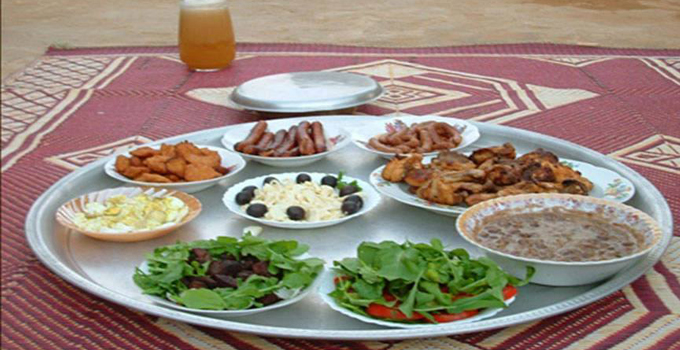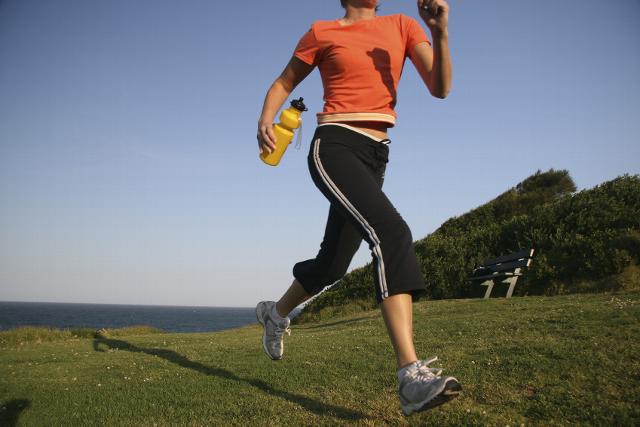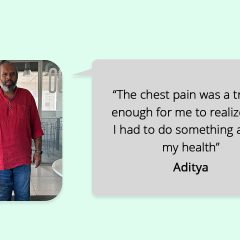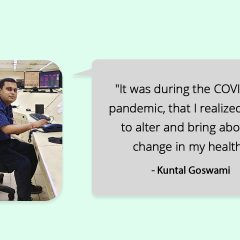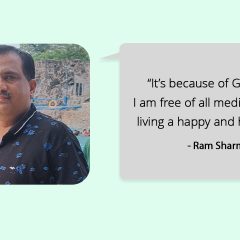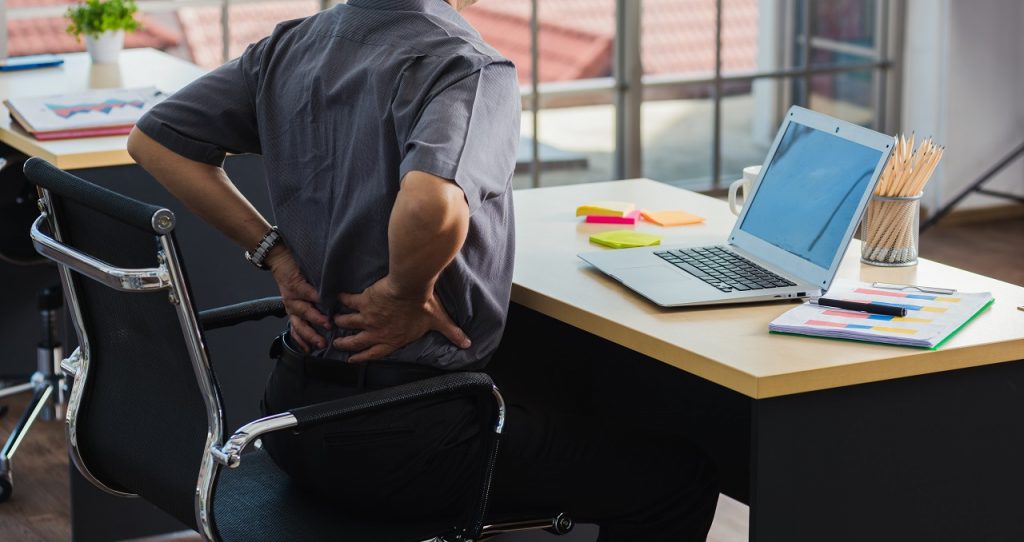 You might have often heard people say, “Sitting is Killing Me”. This phrase seems to be spoken lot more these days thanks to the busy schedules that people have. I believe that 75% of people work desk jobs which require them to be seated on their chair for at least 8 to 10 hours a day, if not more. No wonder that most corporate employees complain about aches and pains.
You might have often heard people say, “Sitting is Killing Me”. This phrase seems to be spoken lot more these days thanks to the busy schedules that people have. I believe that 75% of people work desk jobs which require them to be seated on their chair for at least 8 to 10 hours a day, if not more. No wonder that most corporate employees complain about aches and pains.
Sitting for long hours can be as dangerous for your body as smoking. Most people sit at their work stations and have no other activity apart from staring into their computers. On an average, 10 hours a day is spent at the work desk as compared to 7 hours of sleeping. Sitting is so prevalent and so pervasive that we don’t even question how much we’re doing it.
Excessive sitting, defined as nine to 10 hours a day, has been called a lethal activity. Dry eyes? Your eyes are not designed to keep focusing and moving repetitively across a computer screen. Weight gain? Sitting jobs are mostly stressful and when you are stressed out, your body is flooded with Cortisol, a stress hormone, which makes you crave for carbohydrates, sugar and fatty foods. You might not realize this being parked at a desk but all this goes into your body.
A sitting Job leads you towards a shorter life. Sitting down the whole day doubles the risk of diabetes and heart attack. Some research shows difference in health outcomes between the most and least sedentary workers. Those who spent the most time sitting down had a greater risk of diabetes. Risk of cardiovascular problems such as heart attack or stroke increased in the most sedentary workers.
How Sitting For Long Hours Can Affect Your Health
- Sitting for long hours in a similar sitting position affects the blood circulation of body
- Increased risk of diabetes and heart disease
- Causes eye strain
- Causes tiredness in the back and neck muscles
- Reduces efficiency of heart and lungs
- Leads to back and joint pains
- Responsible for digestive problems
How Can You Stay Active At Your Workplace?
- Take small breaks and frequent breaks
- Avoid the elevator and use the stairs
- Go for a short walk post eating your lunch
- Rinse your eyes with water when you take a break
- Try some neck exercises by moving your neck forward or backward
- Change your sitting positions frequently
- Adjust your chair correctly to improve posture and sit comfortably
- Try some simple office workouts
We hope this article helps you understand how sitting for long hours can impact your health. Try to avoid it by taking short breaks and being active! If you experience any pain, here’s what you can do to avoid any further injuries: https://goqii.com/blog/prevent-injuries-at-work/
For more tips on living a healthier lifestyle, check out Healthy Reads. You can also get more tips for staying active directly from a GOQii Coach by subscribing for Personalized Health Coaching here: https://goqiiapp.page.link/bsr
#BeTheForce
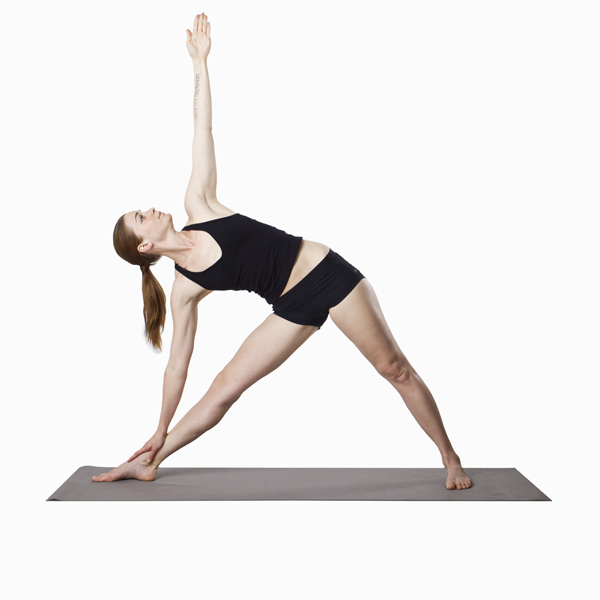 Couple of months ago I had written a blog on meditation.(
Couple of months ago I had written a blog on meditation.(